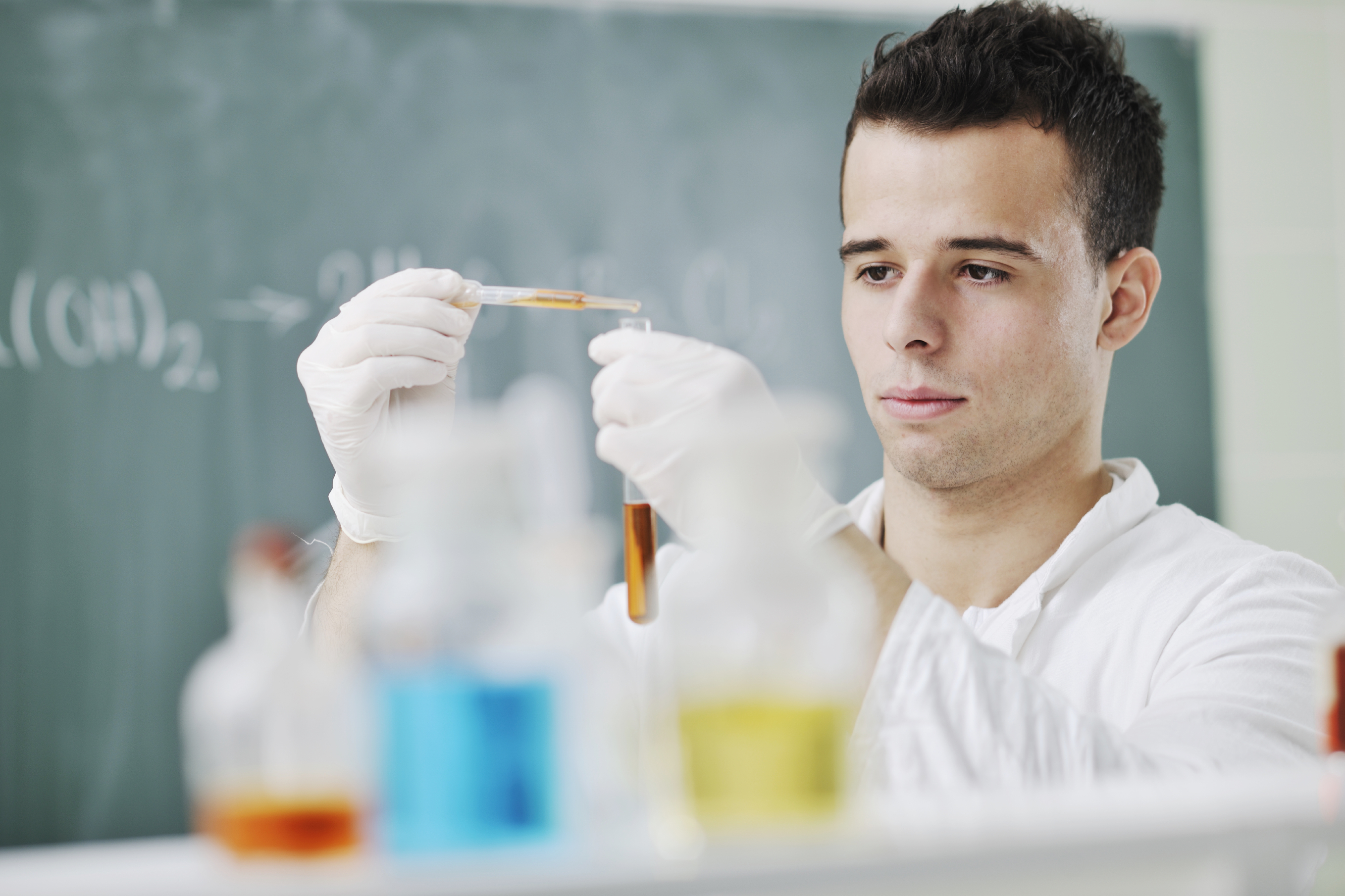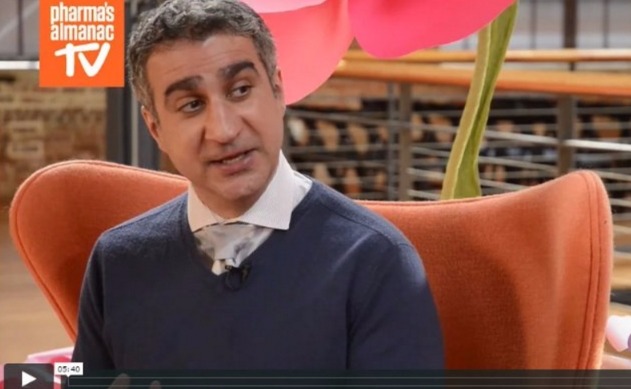Risk Based Limits and Pharmaceutical Cleaning
Q. We are moving from LD50 data to ADE (PDE) limits based on HBELs. This is allowing us to eliminate disposables for low-risk products. How do I know which can be manually cleaned and which needs to be in a washer? Can manual cleaning be validated?
A. Many pharma and biotech companies have been moving to Health-Based Exposure Limits (HBELs) meaning Acceptable Daily Exposure (ADE) or Permitted Daily Exposure (PDE) limits as detergent residue limits.
Influences on Pharmaceutical Cleaning Validation
Alconox, LLC’s Director of Technical Marketing and Commercial Development, Michael Moussourakis, sat down at the Oral Solid Dosage Symposium 2017 with Pharma’s Almanac TV’s, Mark Allen, to discuss how globalization is influencing the latest trends on cleaning validation. Click here to watch the video and hear how the growing market for CDMO Cleaning Validation training, and the opportunities in cleaning non-critical single use technology.
Detecting Residue in Cleaning Validation
When beginning cleaning validation, a company must identify the residues to be tested and then select the best detection method. Alconox, LLC is here to help. We provide validation service support
Critical Cleaning Challenge? There’s an App for that…
Have a critical cleaning challenge? There’s an App for that!! Alconox, Inc. the critical cleaning experts, launches its first ever application to put your cleaning needs and detergent selection information right at your fingertips.
Removing Trace Contaminants of Phenol
Q. We are attempting to validate our glassware washing process and found trace contaminants of phenol remaining after the washing process. Is there another detergent that is able to remove phenol better then Liquinox®?
A. In general, for manual cleaning, Liquinox® should be an excellent choice for removal of phenol residues. For very low level trace analysis, additional rinsing may be required. For routine laboratory cleaning, a triple rinse is typically used. For trace analysis, a 6 time rinse with purified water is typically used. For extreme low level trace analysis . . .



